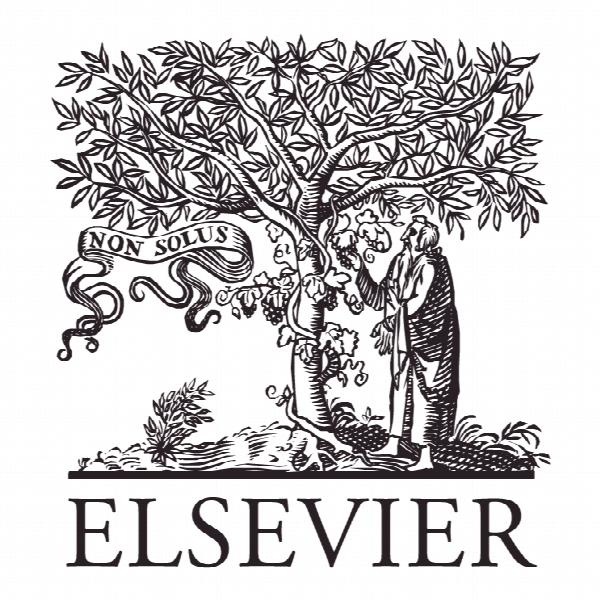پارادوکس باز بودن بازبینی: نوآوری های مشترک و ثبت اختراع توسط نوآوران بریتانیا The paradox of openness revisited: Collaborative innovation and patenting by UK innovators
- نوع فایل : کتاب
- زبان : انگلیسی
- ناشر : Elsevier
- چاپ و سال / کشور: 2017
توضیحات
رشته های مرتبط مهندسی صنایع و مدیریت
گرایش های مرتبط تکنولوژی صنعتی
مجله سیاست تحقیق – Research Policy
دانشگاه دانشکده کسب و کار Foqua، دوک،امریکا
نشریه نشریه الزویر
گرایش های مرتبط تکنولوژی صنعتی
مجله سیاست تحقیق – Research Policy
دانشگاه دانشکده کسب و کار Foqua، دوک،امریکا
نشریه نشریه الزویر
Description
1. Introduction Over the last quarter century two apparently contrasting trends have marked the innovation process. On the one hand, patents have become increasingly important as an appropriation tool (OECD, 2004; WIPO, 2007). On the other, innovators are increasingly relying upon collaboration with other firms and organizations (Chesbrough, 2003). The question we address in this paper is the relationship between sourcing knowledge from the outside to develop innovations and using patents to appropriate the returns from innovation.1 The relationship between the reliance on external sources and the appropriability strategy of firms has been analysed extensively since the early paper by Cassiman and Veugelers (2002). This literature has converged around two conflicting points of view, which Laursen and Salter (2014) dub the “paradox of openness”, namely that opening up to outside sources of knowledge to innovate may weaken the firm’s power to capture rents from that knowledge. In other words, openness, or external sourcing, entails a trade-off. On the one hand, firms are more likely to seek external collaborators if they can protect their innovation by patents, and more generally, guard against unintended knowledge spillovers to partners. We call this the “spillover prevention” view. The second view, which we call “organizational openness”, holds that a focus on patenting and exclusivity makes a firm less efficient in developing collaborative innovations, and hence also, a less attractive partner. Our paper advances the debate on openness versus patenting in several ways. First, we argue in this paper that the relationship between external sourcing (openness) and patenting is contingent. Firms will make different choices depending upon whether they are technically superior to their rivals and lead in the market or not. Put differently, the trade-off between appropriating benefits and enhancing the efficiency of collaboration differs between leaders and followers. Leading firms are more vulnerable to unintended knowledge spillovers during collaboration as compared to followers, and consequently, the increase in patenting due to openness is higher for leaders than for followers. We test this by estimating whether the reduced form relationship between patenting and collaboration is stronger for leaders than for followers.


